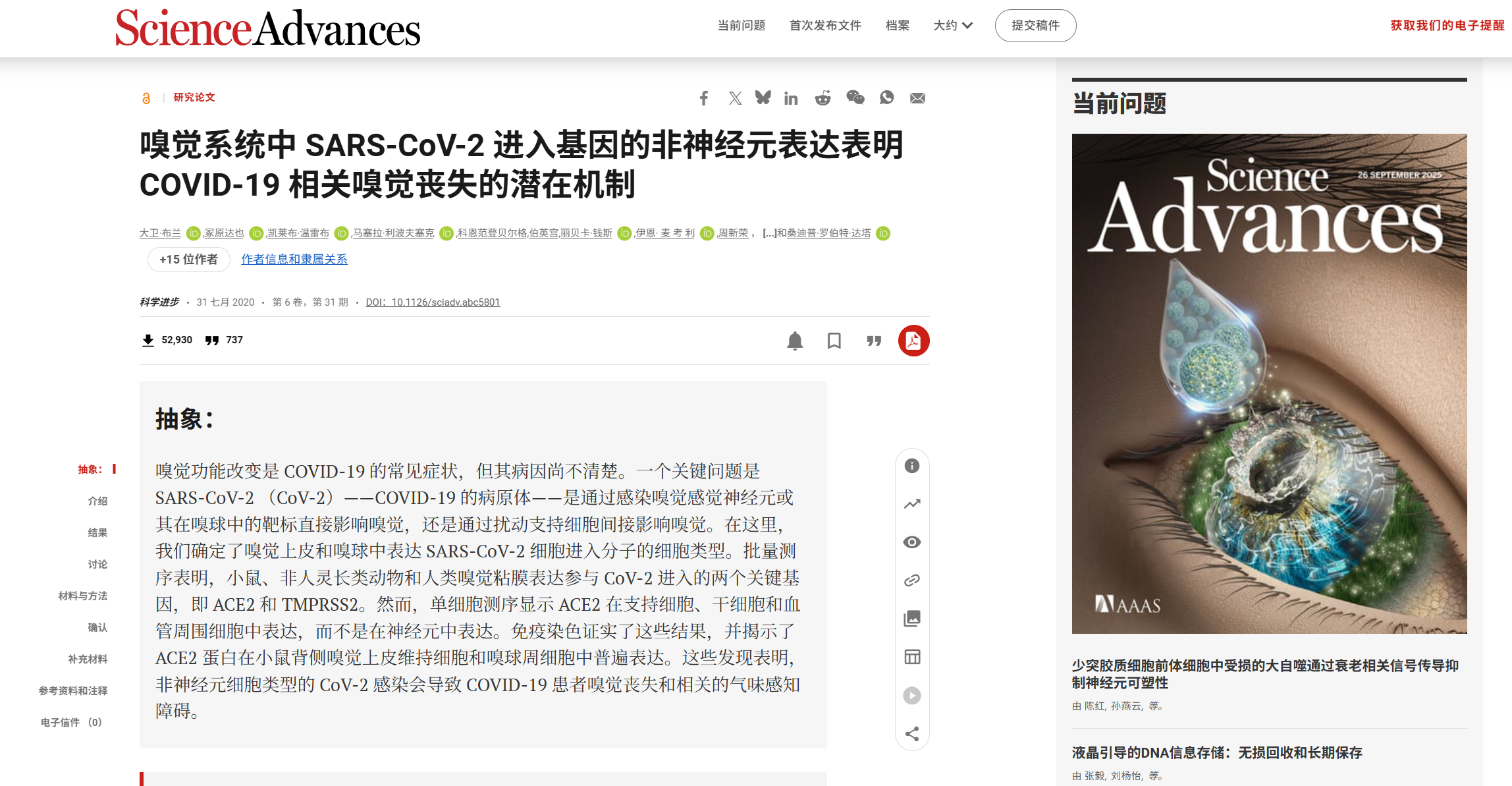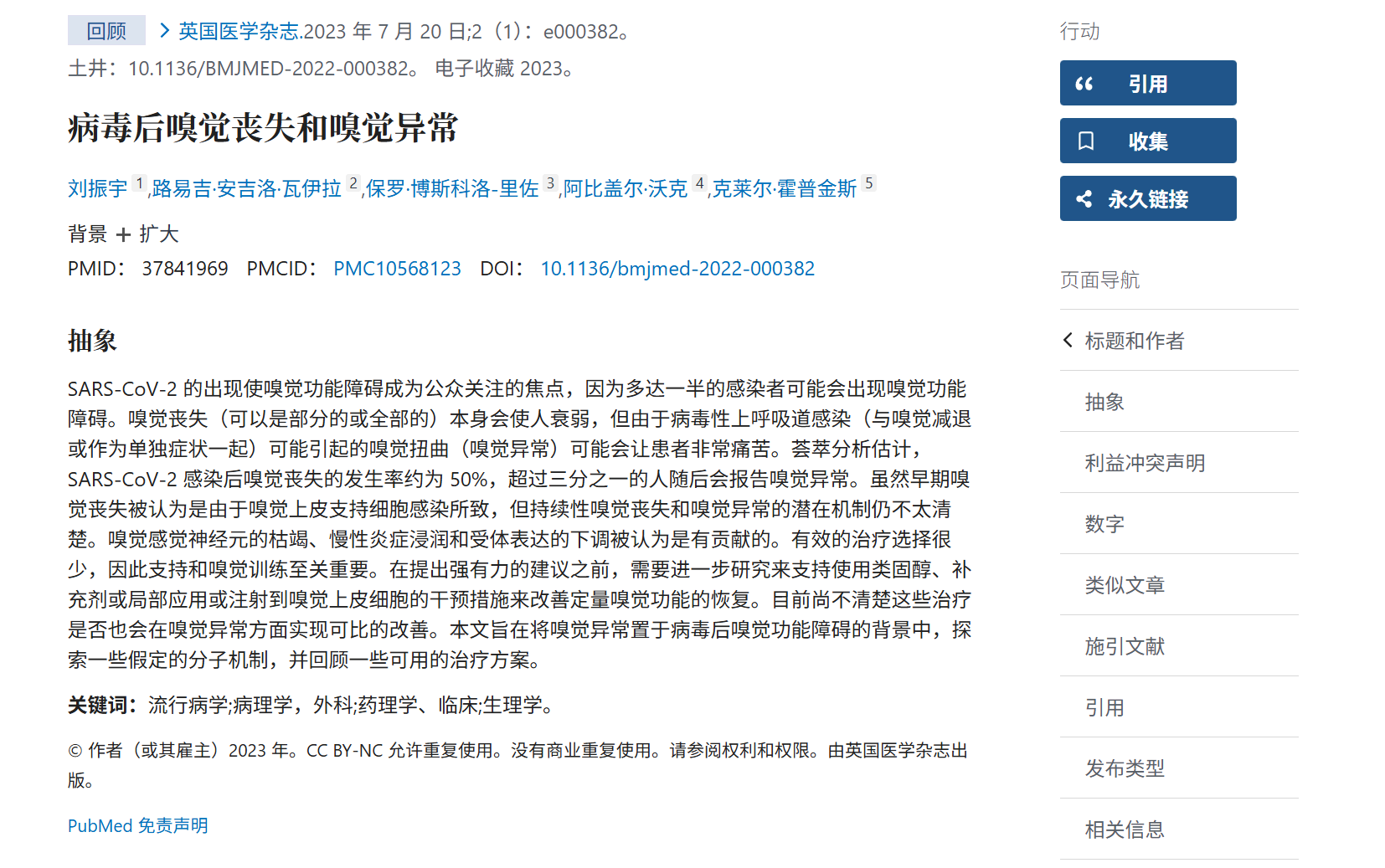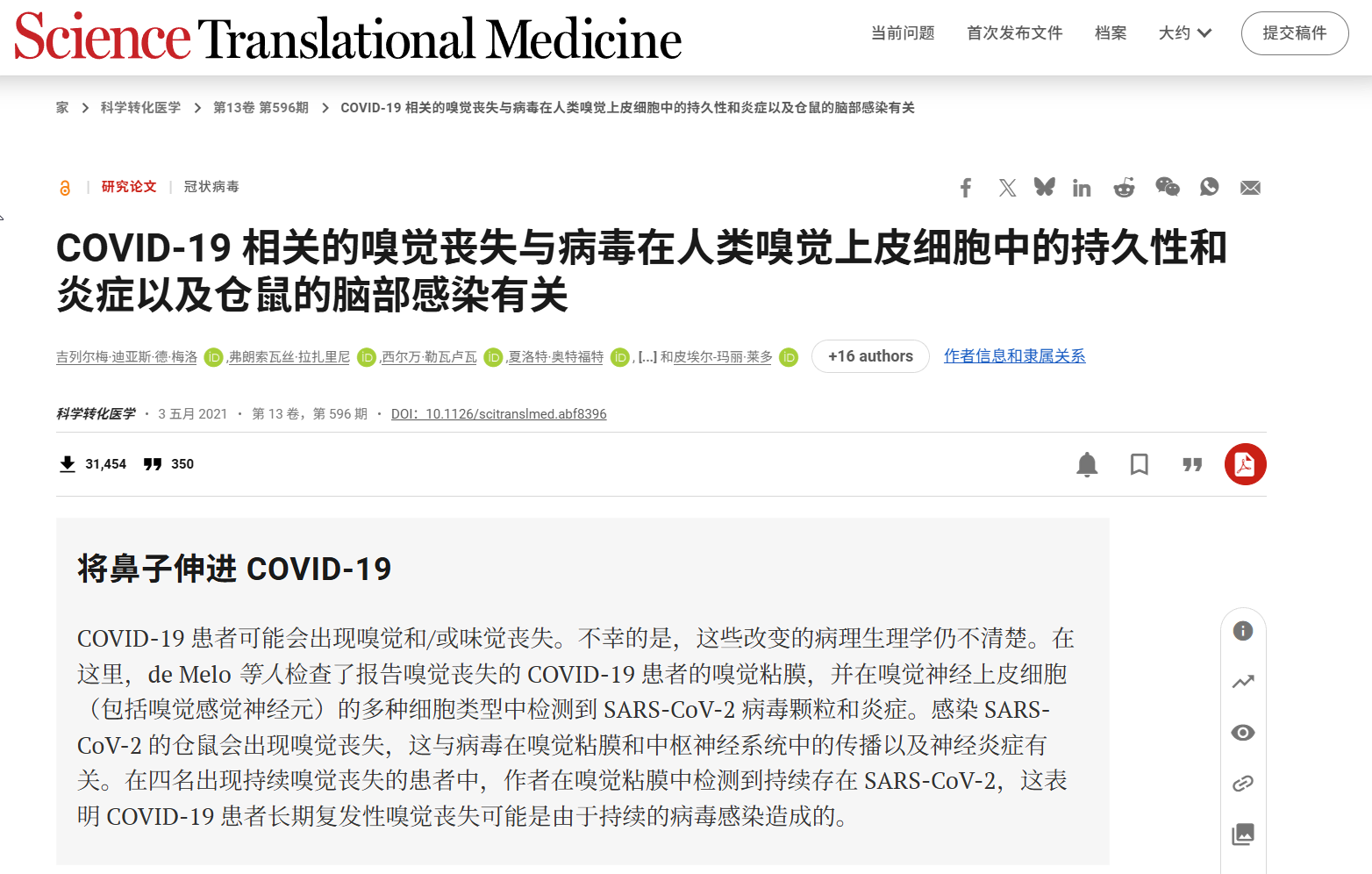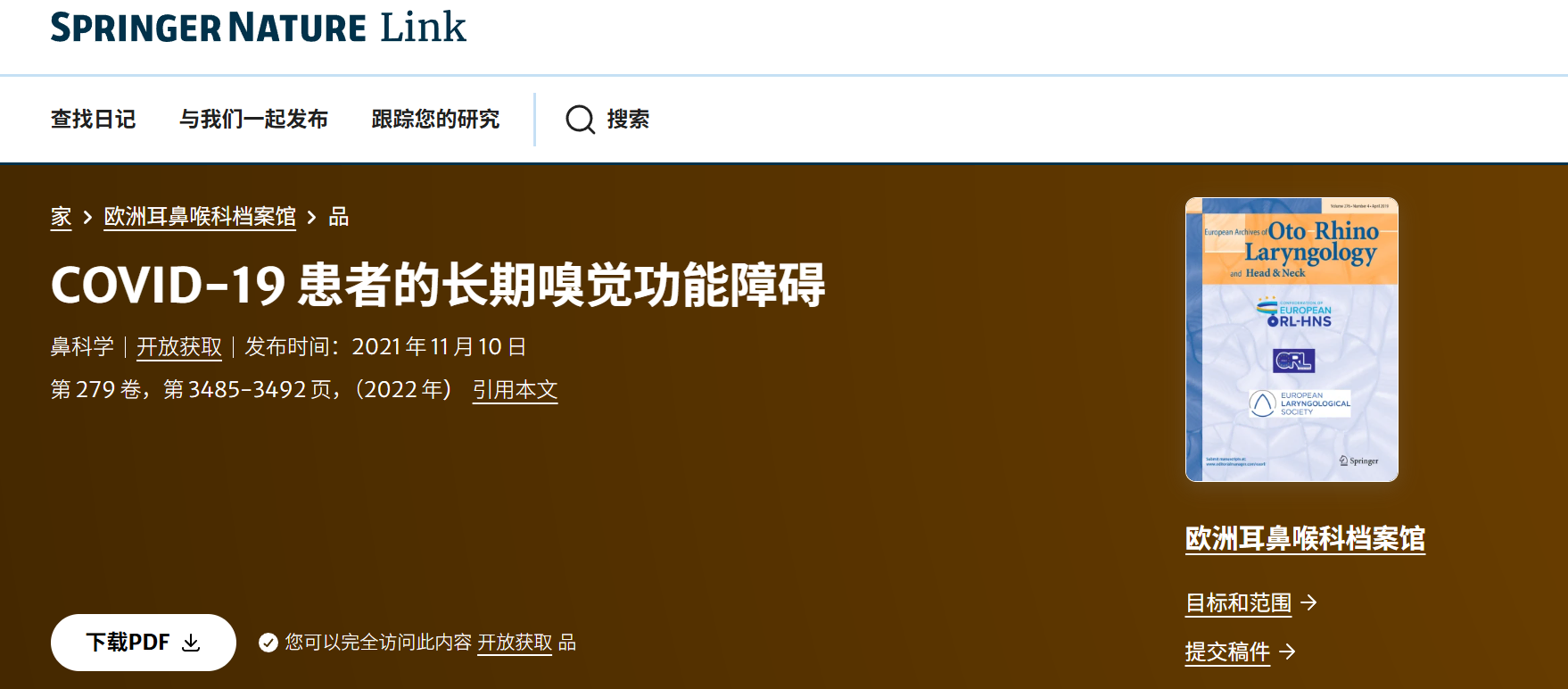Why Does Your Sense of Smell Go 'Haywire' Again After a Common Cold Post-COVID?

Recently, influenced by Typhoon “Hua Jiasha,” the nighttime temperatures have been uncomfortably mild—too cool for air conditioning but slightly stuffy without it. Old T, trying to save electricity, opted to use just an electric fan overnight. Unfortunately, this attempt at frugality backfired, and he ended up catching a cold.
At first, it seemed like an ordinary cold with a runny nose for a couple of days. But just as the sniffles were subsiding, his sense of smell suddenly vanished again!
This marks the fourth time I’ve experienced anosmia. The first was after testing positive for COVID-19 in late 2022; the second in 2023 felt like a resurgence of the virus; and the third last winter also had COVID-like symptoms. But this time, I’m certain it’s not COVID—a rapid test showed only one line.
This got me thinking: Could the previous two episodes not have been COVID either? Aside from the initial confirmed infection and this recent negative test, I didn’t test during the middle two instances and just assumed it was COVID. Reflecting on it now, it’s a bit unsettling: Could it be that after having COVID, even a common cold can trigger smell loss?
As a layperson in medicine, Lawtee turned to the internet to understand if there’s a link between colds and anosmia, hoping to offer some insight to others with similar experiences.
To answer this, we need a scientific perspective. Lawtee found a study in Science indicating that SARS-CoV-2 impacts the olfactory system far more severely than the common cold. Unlike colds, which mainly cause nasal congestion, COVID-19 directly “invades” the olfactory epithelium—the cells in the nose responsible for smell. The virus enters sustentacular cells via ACE2 receptors, triggering an inflammatory storm that affects olfactory neurons. This isn’t just a one-time injury; it can leave “sequelae” like chronic inflammation or incomplete neural repair, making the olfactory system more fragile.

Since Lawtee couldn’t grasp all the technical details, he simplified it: COVID-19 is like an “earthquake” that damages the olfactory infrastructure, and subsequent colds act as “aftershocks,” easily causing smell dysfunction.
Regarding recurrence mechanisms, the article Post-viral olfactory loss and parosmia in The BMJ notes that up to 50% of COVID-19 patients experience anosmia, with many developing persistent issues or parosmia (distorted smells). Six months post-infection, 27–60% still have olfactory problems, 26.5–46% at one year, and even 8.3% after two years.

Why do common colds “add insult to injury”? Cold viruses (like rhinoviruses) typically cause temporary rhinitis, but in post-COVID individuals, they can amplify residual inflammation. For instance, a case study describes recurrent anosmia possibly due to hyperinflammation, reinfection, or viral rebound. My experience aligns: each time, smell loss occurs not during congestion but suddenly during recovery, suggesting neural signaling issues rather than mechanical blockage. Another study confirms that post-COVID olfactory dysfunction, linked to long COVID, involves immune cell infiltration and altered gene expression in the olfactory epithelium, making the system more sensitive to new infections.

Of course, this usually isn’t a major concern. In most cases, such smell disturbances gradually resolve within one to two weeks, especially in younger patients.
Lately, I’ve been trying some recovery exercises, sniffing strong scents like lemon and mint, and it seems to be helping already.

If you encounter something similar, don’t panic. Keep a record, and perhaps, like me, look into the science behind it for some peace of mind.
Life is full of varied flavors; when you can’t smell them, savor the taste of memories instead.
References:
Olfactory and gustatory dysfunctions as a clinical presentation of mild-to-moderate forms of the coronavirus disease (COVID-19): A multicenter European study. https://link.springer.com/article/10.1007/s00405-020-05965-1
Post-viral olfactory loss and parosmia. https://pubmed.ncbi.nlm.nih.gov/37841969/
Long-lasting olfactory dysfunction in COVID-19 patients https://link.springer.com/article/10.1007/s00405-021-07153-1
Non-neuronal expression of SARS-CoV-2 entry genes in the olfactory system suggests mechanisms underlying COVID-19-associated anosmia. https://www.science.org/doi/10.1126/sciadv.abc5801
Prognosis and persistence of smell and taste dysfunction in patients with covid-19: meta-analysis with parametric cure modelling of recovery curves https://pubmed.ncbi.nlm.nih.gov/35896188/